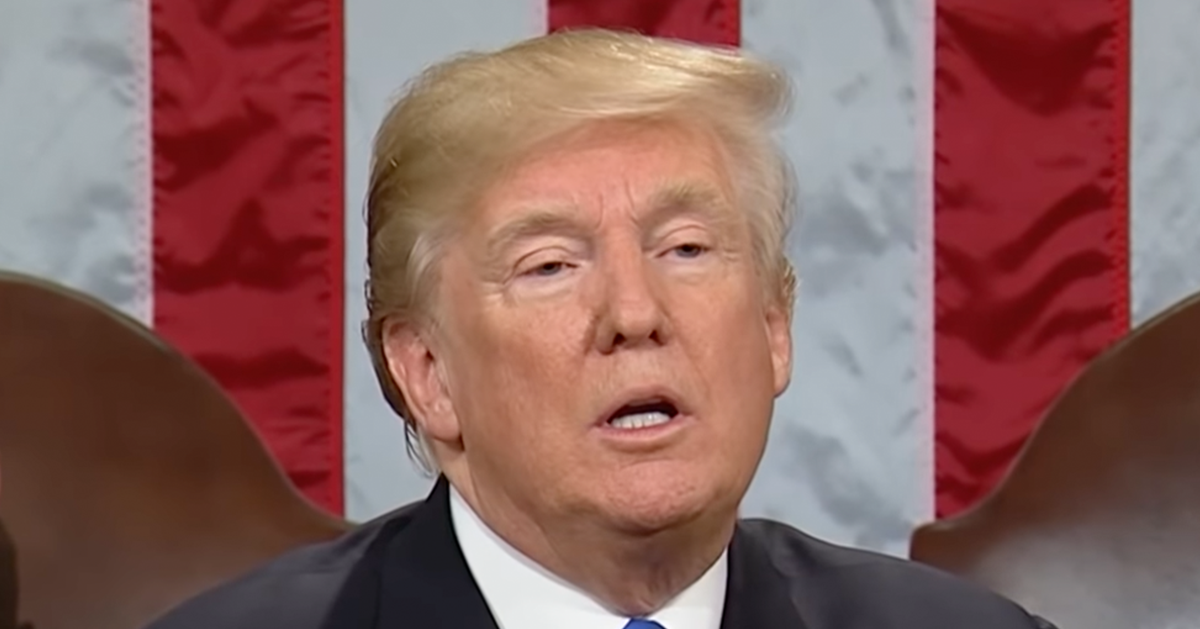Report: Sensitive government documents revealed in GSA security breach
A recent report from the Washington Post has brought to light an unintended dissemination of potentially classified documents by officials from both the Biden and Trump administrations in which White House floor plans and confidential banking details were inadvertently shared with over 11,200 federal employees, raising concerns over ongoing security lapses.
The security breach, attributed to career employees at the General Services Administration, involved the sharing of sensitive files via a Google Drive folder accessed by thousands of federal employees, as Straight Arrow News reports.
The documents in question, notably White House floor plans and banking information linked to a vendor from the Trump administration, were disclosed to an unexpectedly large audience. This incident underscores persistent issues in managing classified information across multiple administrations.
The Post released its findings on Sunday, shedding light on this concerning situation. According to the report, the lapse has been traced back to the unintended actions of career employees at the General Services Administration (GSA). Over 11,200 GSA employees accessed the files via a shared Google Drive folder, a factor that greatly amplified the scale of the breach.
Investigation sparks information security concerns
In response to these revelations, a "cybersecurity incident report" has been filed, and an investigation is currently underway. This investigation highlights the importance of stringent measures when handling controlled unclassified information that demands internal safeguarding. According to the report, of the 15 shared documents, nine were marked with special handling instructions.
This breach has historical ties, echoing previous incidents involving insecure communication practices during the Trump administration and concerning the activities of other officials. Despite past warnings and lessons, it appears that similar risks have persisted over the years, spanning at least four years and two separate administrations.
The vulnerabilities were first brought to light in 2021, continuing since then, and involved an occurrence as recently as the week of April 13.
These developments are reminiscent of past incidents reported by Straight Arrow News, which also traced improper security practices back to the Trump administration. Despite efforts for improvement, lapses have continued into the current administration.
High-stakes leaks involved
The inclusion of White House floor plans in these documents adds a particularly concerning dimension to the story. The floor plans of one of the world's most secure buildings involve critical security details that demand the utmost confidentiality. The prospect of these layouts being accessible to thousands of individuals inevitably heightens the potential repercussions of the breach.
In addition, the exposure of banking information connected to a Trump administration vendor reflects a continual susceptibility to mishandling sensitive financial data. As these events unfold, there is an evident need for a thorough examination of protocols to mitigate future risks and reinforce internal safeguarding practices.
This breach is more than just an isolated incident. It is symptomatic of deeper challenges in maintaining the confidentiality and security of sensitive information within the federal government. As investigations progress, scrutinizing the extent and implications of these incidents is imperative.
Heightened scrutiny takes hold
The report, accompanied by heightened scrutiny, raises many questions about the broader handling of sensitive information by federal employees. This attention also draws parallels to controversial episodes of insecure communications by governmental officials, a practice not unique to any one administration.
Seeing the recurrence of such exposures, there is a need for increased vigilance and accountability. The information at stake involves national security, and mishandling it poses profound risks. The lessons from these errant practices must inform future strategies to safeguard vital information.
Opinions surrounding the report, such as those expressed by Pete Hegseth, underscore the polarized responses these incidents can provoke. Hegseth stated, "You know, what a big surprise that a bunch of leakers get fired, and suddenly a bunch of hit pieces come out," further emphasizing varied interpretations of the situation.
Systemic improvements sought
As investigations continue, policymakers and officials face mounting pressure to assess the effectiveness of current security protocols. The safeguards expected to protect classified documents must be evaluated for efficacy to prevent future occurrences of unintentional data sharing.
This incident, along with its predecessors, highlights an incumbent responsibility to better manage how sensitive information is handled and shared within the federal framework. It is crucial for administrations to not only address past failures but also enact concrete measures to avert similar breaches.
Ultimately, the goal is to restore confidence in the systems designed to keep national security protected. By enhancing training, adopting robust technology, and instituting rigorous oversight mechanisms, the government can fortify itself against inadvertent data leaks.
As this story develops, the public awaits both accountability and reform measures that ensure the integrity of classified information handling in the future.




